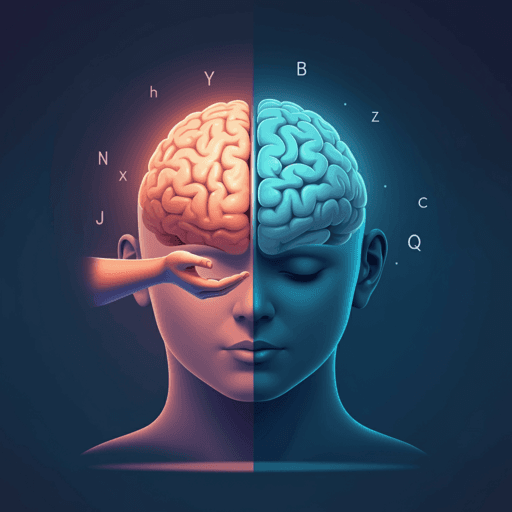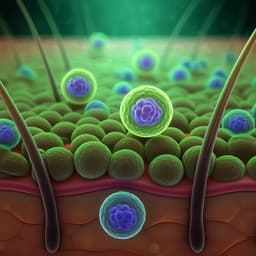
Medicine and Health
The Role of Mirror Therapy in the Rehabilitation of the Upper Limb's Motor Deficits After Stroke: Narrative Review
I. Ventoulis, K. Gkouma, et al.
Stroke severely impairs upper-limb function and quality of life; this narrative review summarizes evidence on mirror therapy (MT) for restoring post-stroke upper limb motor function and examines MT’s role across different stroke phases. This research was conducted by Ioannis Ventoulis, Kyriaki-Rafaela Gkouma, Soultana Ventouli, and Effie Polyzogopoulou.
~3 min • Beginner • English
Related Publications
Explore these studies to deepen your understanding of the subject.







